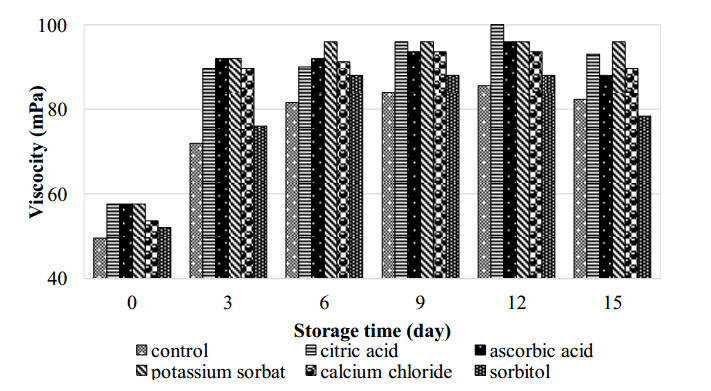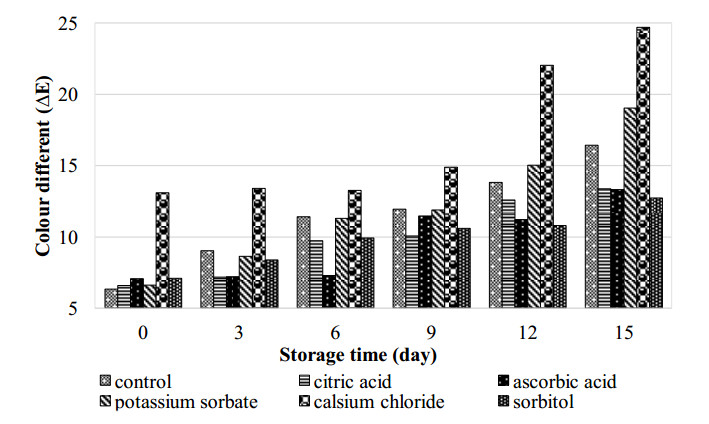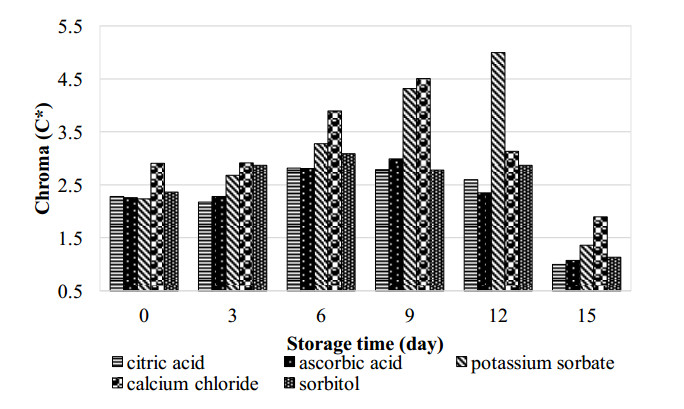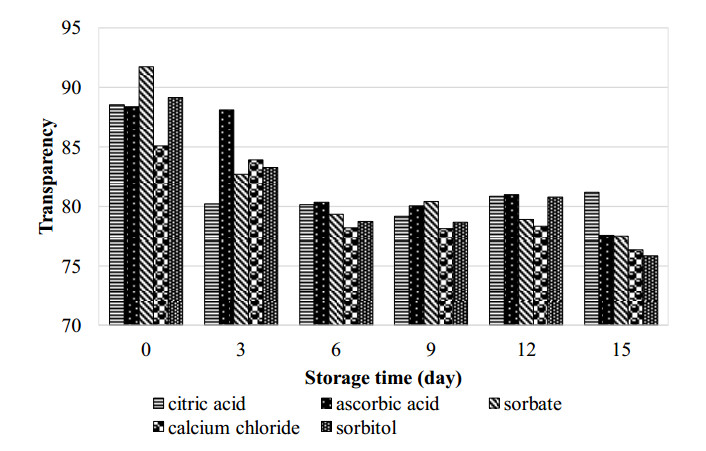Relationships between local stability and synchronization in networks of identical dynamical systems are established through the Master Stability Function approach. First, it is shown that stable equilibria of the local dynamics correspond to stable stationary synchronous regimes of the entire network if the coupling among the systems is sufficiently weak or balanced (in other words, stationary synchronous regimes can be unstable only if the coupling is sufficiently large and unbalanced). Then, it is shown that [de]stabilizing factors at local scale are [de]synchronizing at global scale again if the coupling is sufficiently weak or balanced. These results allow one to transfer, with almost no effort, what is known for simple prototypical models in biology and engineering to complex networks composed of these models. This is shown through a series of applications ranging from networks of electrical circuits to various problems in ecology and sociology involving migrations of plants, animal and human populations.
1.
Introduction
There has been an upsurge in the popularity of using edible coating to preserve fruit recently, being an environmentally friendly packaging, with easily parsed nature, and thin layer shape [1]. This phenomenon involves the formation of structural protection, in order to prevent physical, chemical, and biological deterioration, as the materials used serve as additive, carrier and active ingredient, as well as a barrier again gas, moisture, dissolved lipid component displacement [2]. In addition, the main components include hydrocolloids (proteins, polysaccharides), lipids, and composites [3], while the formulation nature tends to dramatically influence the adhesion capacity on hydrophilic fruit surfaces. Hence, there is need to incorporate additive materials on the polymer matrix of edible coating [4].
Synthetic preservatives often raise public concern, hence Aloe Gel as a potentially edible natural polymer is considered based on the functional bioactive component [5]. This raw material is characterized by the ability to form coatings, does not influence the fruit flavor, environmentally safe, inexpensive, and also easy to obtain and apply. However, the limitations in use includes the fast-changing colour, easy dilution, high enzyme activity, and quick oxidation [6]. The stability of aloe gel is strongly influenced by the presence of air, light, heat and microbes, on instances where the immediate storage in a refrigerator is not conducted. Furthermore, direct contact with air and light leads to the formation of a pink coloration that turns Brown [7], through a reaction intensively catalyzed by heat, light and especially the sugar content present, which is increasingly reduced and converted into less-active polysaccharides [3]. The decline in aloe gel viscosity has been attributed to the incidence of polysaccharide hydrolysis by active enzymes, indicated by the formation of brown colours [8]. This activity also plays an instrumental role in the unexpected formation of aloin, which attains freedom from the bound as glycosides. Conversely, the presence of quinone and anthraquinone causes changes in pigmentation to reddish and then brown on exposure to light [6].
The maintenance of stability up to the time of processing demands storage in a dark and cold place [4], and chemical stabilization is amongst the numerous steps applied to avoid changes in physicochemical properties. Furthermore, the incorporation of chelating agents, antioxidants, antimicrobials and stabilizers have also been adopted to ensure that the stability of aloe gel based edible coating is maintained [7]. The incidence of discolouration is assumed to affect the desired effectiveness, which is not acceptable for some products, consequently stimulating the need to develop simple processing techniques. The aim of this study, therefore, is to determine the stability of Aloe gels pottentialy as an edible coating modified with the incorporation of additive material.
2.
Materials and methods
The whole fresh leaves of Aloe vera L. (A. barbadensis Miller) of two-year-old plant were collected from Gumawang village Rendang District, Karangasem Regency of Bali Province. The following chemicals were used: citric acid, ascorbic acid, potassium sorbate and other reagents were of analytic reagent grade. This study used two treatments factors in a completely randomized design experiment, with the first being gel stabilization after the incorporation of additive materials, including citric acid, ascorbic acid, potassium sorbate, calcium chloride, and sorbitol. Furthermore, the second factor comprises of Ecogel storage time (0, 3, 6, 9, 12, and 15 days) in the cold temperature of 7 ± 1 ℃. These experiments were conducted in triplicates, and the dependent variables observed were related to the chromatic attribute of the material tested, encompassing water content, viscosity, pH, and visual coloration.
The chromatic attribute of Aloe Vera gel was tested using a spectral colorimeter CS-280 to determine the coordinates of L * a * b *. Aloe gel transparency was measured using the Al-Hassan and Norziah (2012) method. Transparency values are produced from the following equation: Transparency = (ΔL2 + Δa2 + Δb2)0.5. Value of ΔL = L* standard – L* sample, Δa = a* standard – a* sample and Δb = b* standard – b* sample. The default value for white plate is L* = 97.51, a* = 5.35 and b* = −3.37. The chroma symbol is C* and it is defined according to the following mathematical function: C* = (a*2 + b*2)0.5. Whereas ΔE is determined by the formula: ΔE = (ΔL2 + Δa2 + Δb2)0.5, value of ΔL = L* cotrol (aloe gel without aditives) – L* sample, Δa = a* control – a* sample and Δb = b* control – b* sample. Water content was tested using a memmert oven, viscosity was measured with a NDJ8S fluidcometer viscometer, and a pH test using a Hanna HI 8424 digital pH meter. Conversely, the initial composition of Aloe gel was also measured prior to the addition of additives, and the data collected during the experiment were statistically evaluated with analysis of variance. This was then continued with the Duncan’s multiple range test on instances were significance was identified.
This study was initiated with the sorting of Aloe Vera leaves and previously stored for 24 hours at room temperature. The yellow zap of Aloe leaves was removed through a washing process. Therefore, trimming and filleting were performed using a stainless knife to release the extracts, followed by homogenization with Philip homogenizer HR2116 350W for 1 minute [7]. Subsequently, the gel was heated to ± 70 ℃ for 5 minutes, in an attempt to reduce the number of microbes [3], and then 0.15% of the additive materials, including citric acid, ascorbic acid, potassium sorbate, calcium chloride and sorbitol were added respectively to encourage stabilization. This process was conducted during heating for 10 minutes, which was followed by cooling at room temperature for approximately 1 hour prior to use.
3.
Results and discussion
The basic components of the edible coating are divided into three groups, including hydrocolloidal (polysaccharide, protein, alginate), lipid (fatty acids, aryl glycerides, wax) and composites (proteins, polysaccharides proteins, fatty polysaccharides [1]. Furthermore, Aloe Vera gel is a biopolymer, assumed to contain functional and potential components for use as an edible coating material [7]. This is a potential bio-preservative agent, which creates a wax-like coating that increases the shelf life of fruits [8]. Furthermore, the biological activity of Aloe gel mainly results from the synergy of several compounds, with about 1.08% carbohydrate component, consisting mostly of polysaccharide [5], and 0.036% protein, considered to constitute the gel cover. Meanwhile, the degree of acidity in Ecogel was around 4. The composition of aloe gel prior to the incorporation of additives is shown in Table 1.
3.1. Water content
The water content recorded was about 98.2-99.6%, which increased in the all materials additives treated up to day 9, subsequently followed by a decline after day 12. These changes occurred as a result of aloe gels hydrolysis, because stability is strongly influenced by enzyme activity, air, light, and heat [9].
According to [5], Ecogel water content of about 99–99.5% were reported after the addition of solid forms. These consist of various compounds, including soluble water, fats, vitamins, minerals, enzymes, phenolic compounds, polysaccharides, amino acids, lipids, sterols, and organic acids. Water content determines the viscosity and stability of Ecogel. Furthermore, the incorporation of citric and ascorbic acid additives produced relatively stable gel in water content on storage, compared to other treatments. Figure 1 shows the water content observed during storage.
3.2. Viscosity
Based on the observations, there was an increase in the viscosity of all Ecogel treated with additives, which was possibly influenced by the number and size of particles [10]. This upsurge in value was initiated on day 3, and subsequently followed by a decline after day 12. Meanwhile, additive accumulation supposedly strengthened the bond cross-linkage of polysaccharide polymers, although proteins, minerals, sitosterol, esters and long-chain hydrocarbons were also present [14]. Despite the presence of various other organic and inorganic components, Acemannan and Glucomannan were identified as the main functional component of aloe gel. Specifically, acemannan (acetylated glucomannan) is an ironic polysaccharide of mannose units located on the protoplasm of the parenchyma cells [11]. Figure 2 shows the viscosity of Ecogel with the incorporation of additives during storage.
The enzyme present is very active, and is assumed to affect the compound bonds, as well as gel viscosity. Due to the ease of dilution, a drastic decline is observed in terms of viscosity, during storage at room temperature for 24–36 hours. Meanwhile, consistency and stability are possibly maintained by adding additives [12].
3.3. pH
The degree of acidity or pH is a parameter used to ascertain the acidity or base level of a substance, solution or other objects. The result showed a range from 4.14-4.62 in Ecogel without additives, while 3.00-4.86 was recognized in treatments with additive. In addition, the formulations with citric acid and also ascorbic had lower values compared to the others, due to the fact that both compounds were acidulant [13]. Moreover, Ecogel is known to be stable at low pH, and the addition of additives tends elongate the storage period, due to the enzyme activation capacity, subsequently preventing the reshuffle of polysaccharide into acids [1]. In addition, some other noteworthy components include arachidonic acid, γ-linolenic acid and other organic acids [5]. Figure 3 shows the pH of aloe gel, also with the incorporation of additives during storage.
3.4. Colour visually
The results of visual color observations show a transparent white coloration on day 0 without heating, which turned pink on day 3, and brown on day 12. Conversely, samples treated with heat became pink on day 6, yellow on day 12, and brown on day 15. These variations are indicative of the relative effectiveness and stability as an edible coating, where discoloration is believed to result from high enzyme activity [14]. Table 2 demonstrates the colour of Ecogel without additives during storage.
The stabilization process is performed using the proper techniques, which include warming treatment, addition of preservatives as well as other additives. Particularly, the incorporation of citric acid and ascorbic acid has been affiliated with reduced polyphenols oxidase activity, while potassium sorbate is antimicrobial. According to [14], gel stabilization is attainable by adding ascorbic acid 0.05%–0.5%, citric acid 0.01–0.5%.
3.5. Colour different (∆E)
Based on the results of colour observations with the coordinates L* a* b* the formulations to which citric acid and ascorbic acid were incorporated demonstrated the least values of ∆E, which was close to the control up to day 15, while CaCl2 showed the highest values. This suggests the propensity for citric acid and ascorbic acid to suppress possible changes in color, leading to the retention of stability and effectiveness as an edible coating. In addition, a directly proportional relationship was established between the increased in ∆E values, storage length, and cloudier presentation. This manifestation results from gel polymer hydrolysis, which occurs following an enzymatic reaction, subsequently promoting the turbidity of components. Conversely, a browning reaction is also observed, as the physicochemical properties are highly influenced by the presence of air, light, and heat. The direct contact with air leads to pink and eventually brown pigmentation, while heat and light catalyses the reaction, which is highly influenced by the sugar content [4,9]. Table 6 shows the colour of Ecogel with the incorporation of additives.
Citric acid is an agent with the capacity to inhibit the occurrence of browning, due to the tendency to form complex copper ions, which serve as catalysts. This compound also lowers pH, leading to the inactivation of polyphenols oxidase (PPO) enzyme. Furthermore, high degree of effectiveness was reported using hot water treatment (50 ℃) and ascorbic acid (1% v/v) to control the enzymatic browning of fresh apple [15], although ascorbic acid was more effective. Researches to evaluate the potential of citric acid and ascorbic have also been conducted on fruits [16], where concentrations of 700 mg/l ascorbic acid is identified to be more effective in maintaining fruit quality.
3.6. Chroma (C*)
Chroma refers to the degree of colourfulness, in relation with the brightness of similarly illuminated area that appears white or highly transmitting. This parameter was evaluated on Ecogel with additives during storage, and the results are shown in Figure 5. Changes in the value of C* is indicative of color saturation levels, and Figure 5 demonstrated an increase up to day 12 of storage, which indicates high concentration. The most significant value was shown in gels to which potassium sorbate and calcium chloride 5.0 were added. Furthermore, colour plays an important role in the selection of foodstuffs by consumer before considering nutritional value and taste. This parameter is used as a subjective indicator of product quality, although the frequently used edible coatings are either transparent and tend to not affect the display color.
3.7. Transparency
Transparency refers the ability of a material to transmit light. The results show a decline in value for aloe gel with various additives after longer storage period, characterized by the display of increased cloudiness. Meanwhile, storage is assumed to facilitate the rupture of Glucomannan polymers acetyl bonding into smaller components, which subsequently influence the level of clarity, featuring an initial increase, followed by a significant decline. This parameter is influenced by the characteristics of raw materials used. Moreover, aloe gel is encompassing the inside of the clear and tasteless parenchyma cell in the Aloe Vera leaf [17], which experiences a decline in stability when immediately storage in the refrigerator is not conducted [18].
According to [15,19], the special characteristics applied in edible coatings are as follows: Waterproof nature, which serves as a barrier, and is permeable to moisture and solutes, melting point of over 40 ℃, ease of emulsion formation, non-sticky, no impact on fruit quality, low viscosity, transparent, tasteless, odorless and capable of tolerating pressure. Conversely, formulation of edible coatings is expected to be safe from harmful additives, and the cost of technology as well as raw materials ought to be relatively inexpensive.
4.
Conclusion
Based on the results and discussion showed a positive effect of additives on the stability of Ecogel. However, formulations without additives tend to experience color changes on day 3, while ascorbic acid as the most appropriate additive incorporated during production ensured stability up to day 6. This result was evidenced by variable color difference (∆E) 11.30, Chroma (C*) 2.81, transparency 80.34 and the supporting attribute of water content 99.13%, viscosity 96 mPa, pH 3.87, and visual coloration (clear white-yellow).
Conflicts of interest
The authors declare that there were no commercial or associative interests representing a conflict of interest in connection with this manuscript. Also, there were no financial and personal relationships with other people or organization, capable of inappropriately influence the report.
Acknowledgements
The authors are grateful to the Ministry of Research, Technology and Education, Republic of Indonesia, for supporting the project financially through research grants, and also to all colleagues that have assisted in this project.









 DownLoad:
DownLoad:








